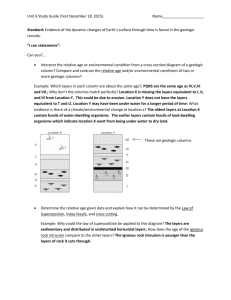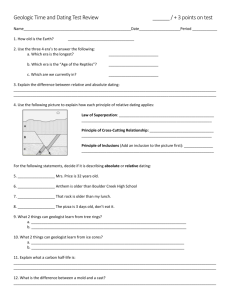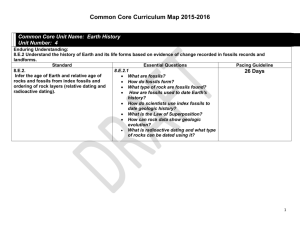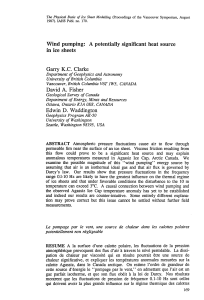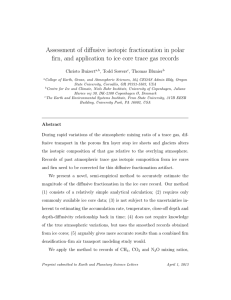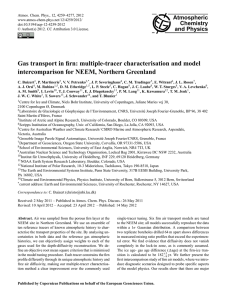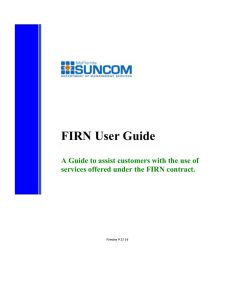test study guide - West Branch Schools
advertisement
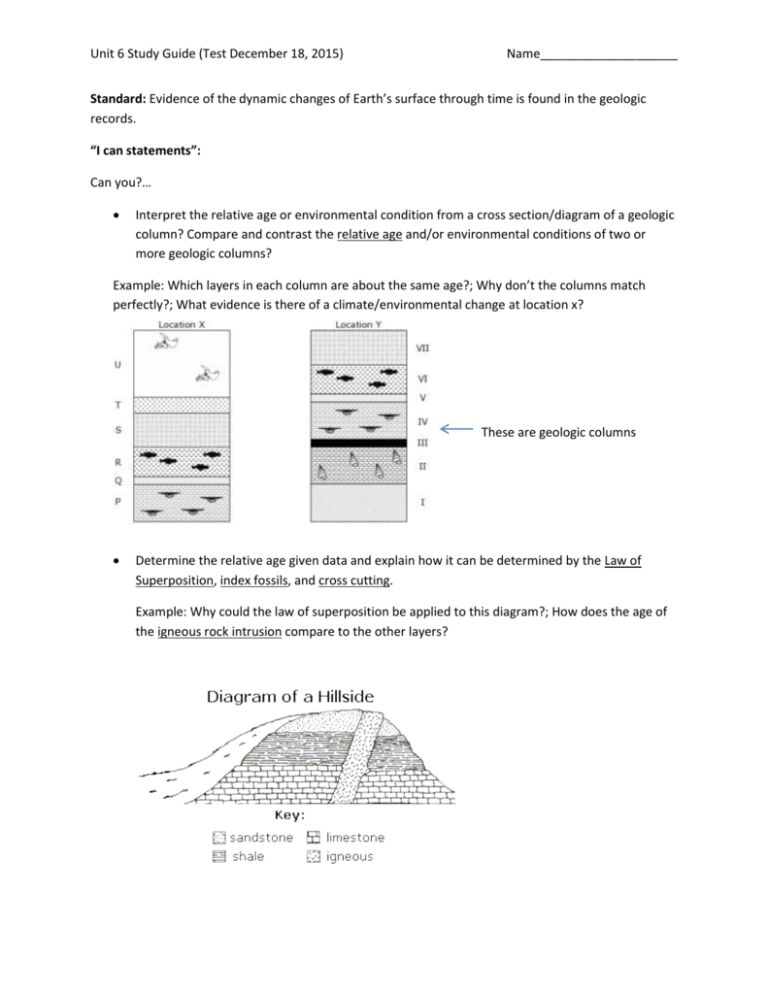
Unit 6 Study Guide (Test December 18, 2015) Name____________________ Standard: Evidence of the dynamic changes of Earth’s surface through time is found in the geologic records. “I can statements”: Can you?… Interpret the relative age or environmental condition from a cross section/diagram of a geologic column? Compare and contrast the relative age and/or environmental conditions of two or more geologic columns? Example: Which layers in each column are about the same age?; Why don’t the columns match perfectly?; What evidence is there of a climate/environmental change at location x? These are geologic columns Determine the relative age given data and explain how it can be determined by the Law of Superposition, index fossils, and cross cutting. Example: Why could the law of superposition be applied to this diagram?; How does the age of the igneous rock intrusion compare to the other layers? Unit 6 Study Guide (Test December 18, 2015) Name____________________ Example: Which fossil is the best index fossil in this example? Why? Explain how ice cores serve provide evidence of climate change throughout Earth’s history. Example: What kind of evidence do scientists gather from ice cores to learn about ancient climates? Scientists call the snow that is above the ice at the polar areas, firn. Porosity is also another term scientists use to describe the amount of open/void spaces in a material. More porous materials have more air pockets or open spaces. So, firn is the porous snow (see the diagram). As we move deeper into the ice sheet, the firn becomes less porous and eventual turns into the ice at a zone called the “lock-in” zone. At this lock-in zone, the air bubbles are locked into the ice. Before, because the firn is porous, the air can move freely around. Therefore, in the upper most part of the ice sheet, the air in the firn is still exchanging with the atmosphere. Once locked into the ice, the air bubbles no longer exchange with the atmosphere. That is how ice core scientists can determine the concentration of gases in the ancient atmosphere. From: http://mindynicewonger.weebly.com/blog/how-ice-cores-are-dated Compare relative and absolute age. (You will not have to determine half-lives or explain the process of absolute dating). Example: What information can each method of dating provide a scientist? Why is each method beneficial? When can absolute dating be used and when can it NOT be used? Unit 6 Study Guide (Test December 18, 2015) Name____________________ Explain how the geologic time scale is divided. Example: What evidence have geologists gathered from Earth that shows there have been changes in Earth’s history, climate and lifeforms?; How do scientists use this evidence to create divisions in the geologic time scale? -Fossil seashells have been found in rock beds on land. What can you infer about how the area has changed? Eras (pg. 124 in textbook) (WILL BE USED AS BONUS QUESTIONS ONLY!!!) “zoic” means ______________________ Cenozoic- “ceno” means ___________________ Common organisms: Major event that began this era/ended the last era: Mesozoic- “meno” means __________________ Common organisms: Major event that began this era/ended the last era: Paleozoic- “paleo” means __________________ Common organisms: Major event(s) that began this era/ended the last era: Terms to know! Law of Superposition Sedimentary rock Fossil Index fossil Cross cutting Igneous rock intrusion Absolute dating Relative dating Radioactive/radiometric dating Paleontologist Ice core Half life Atom Element Radioactive decay Unconformity
